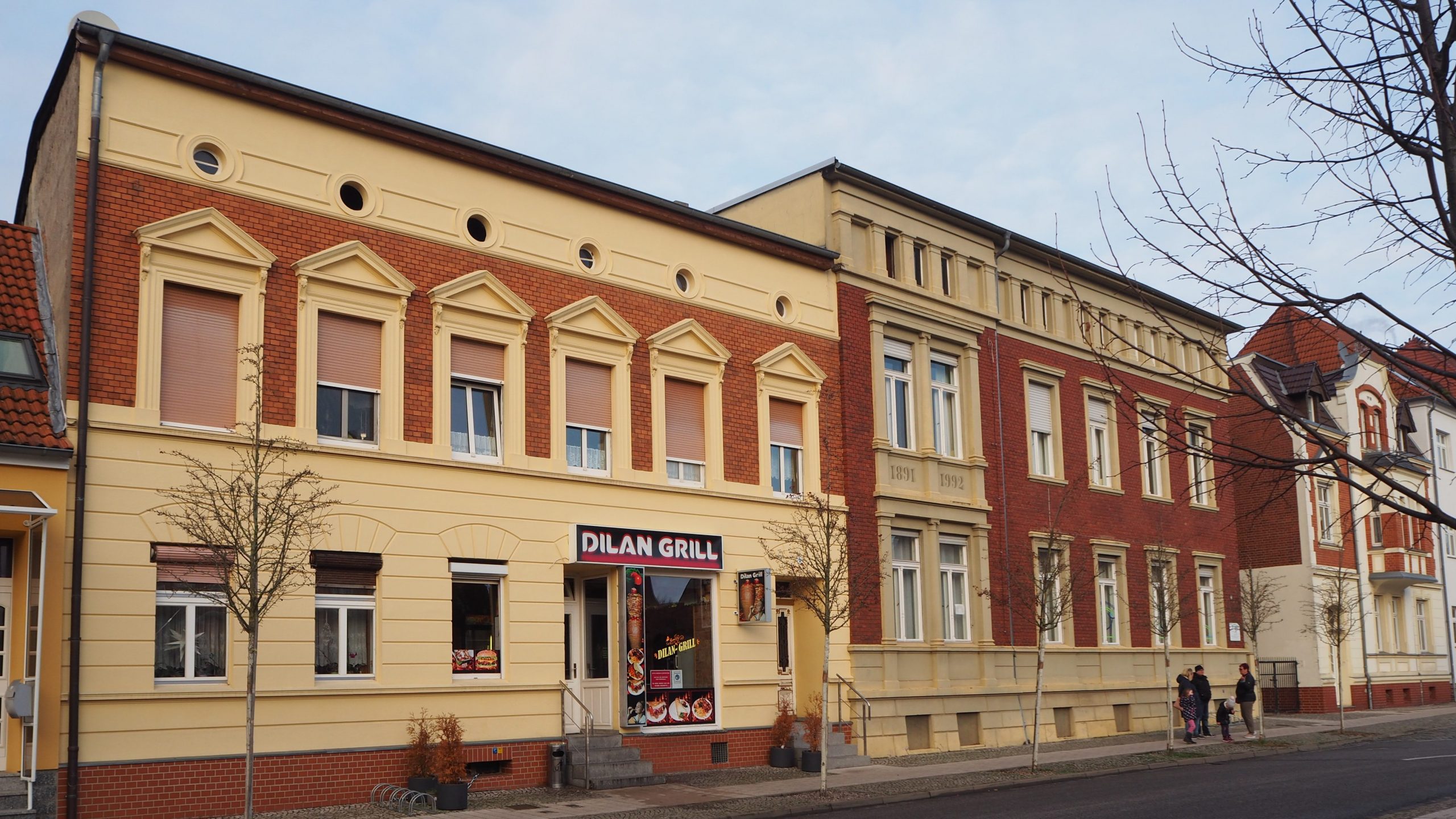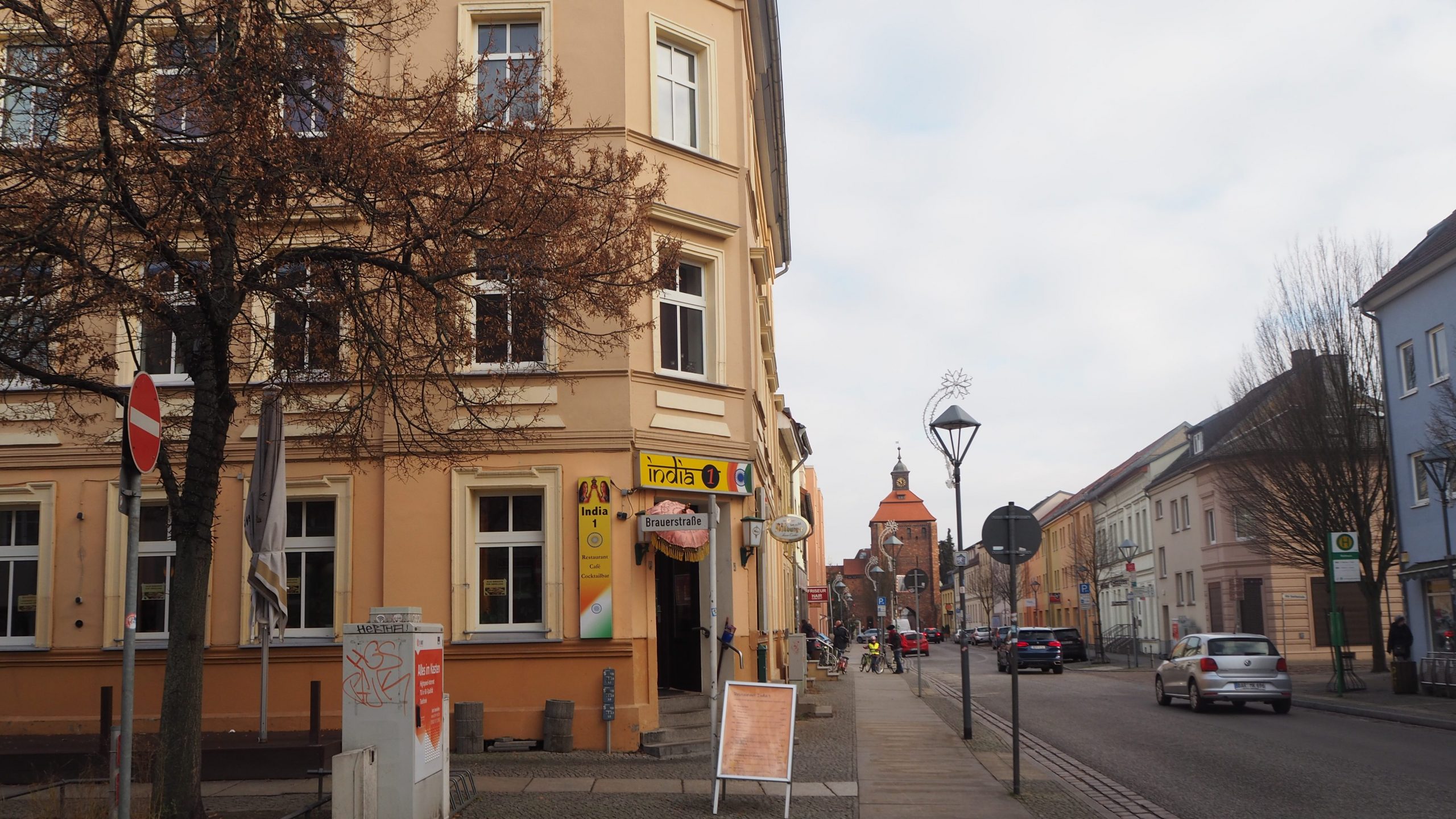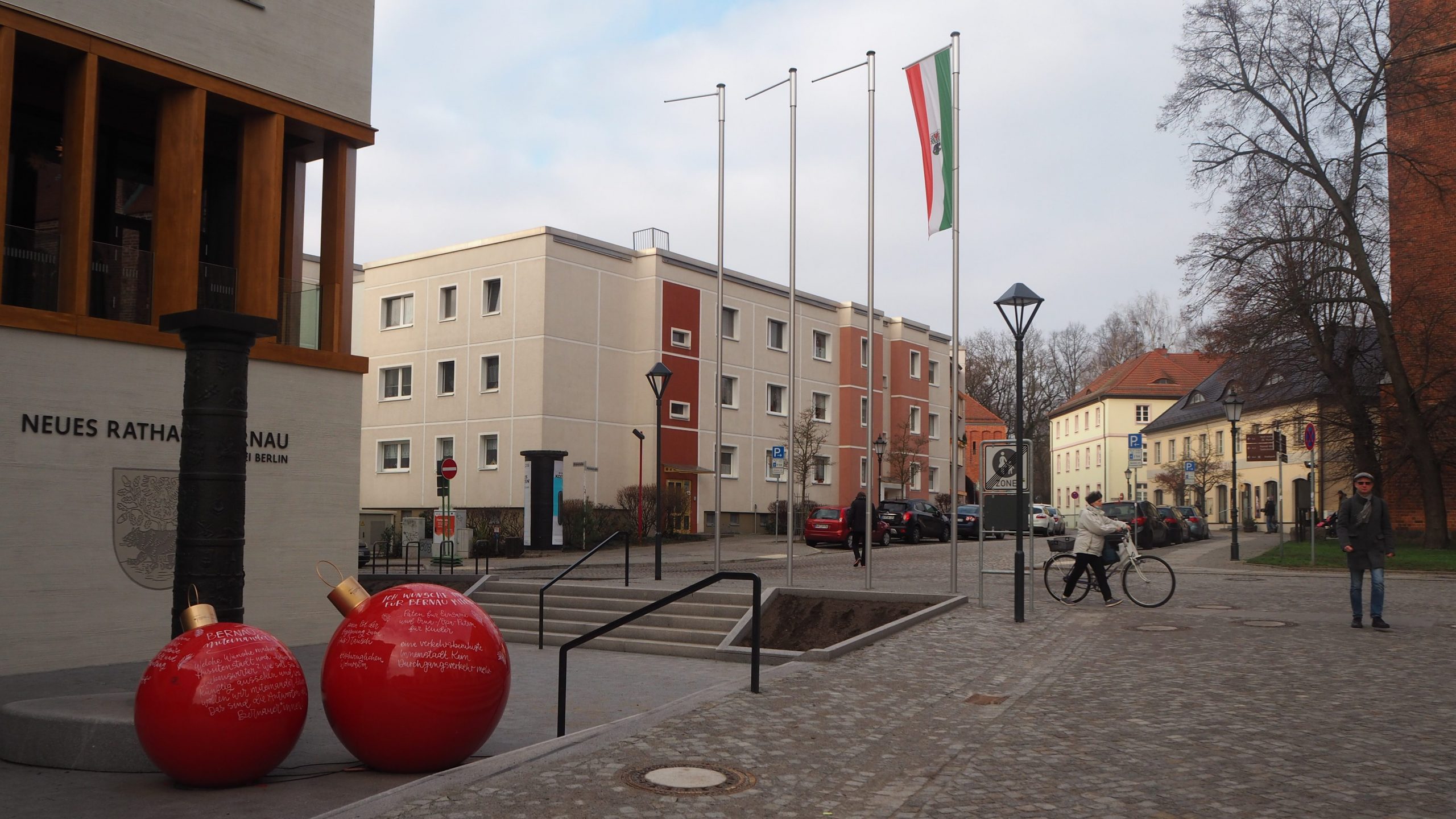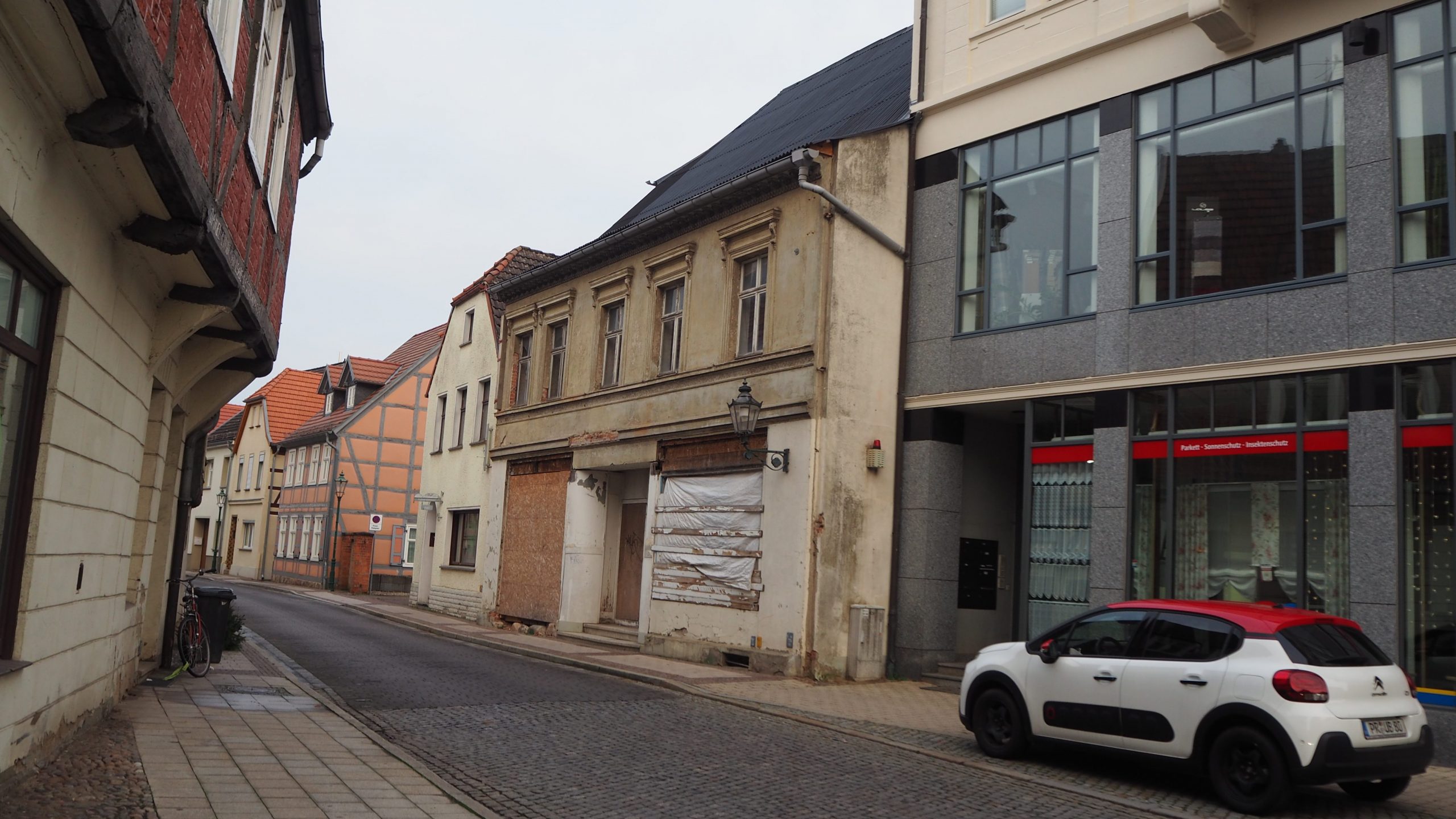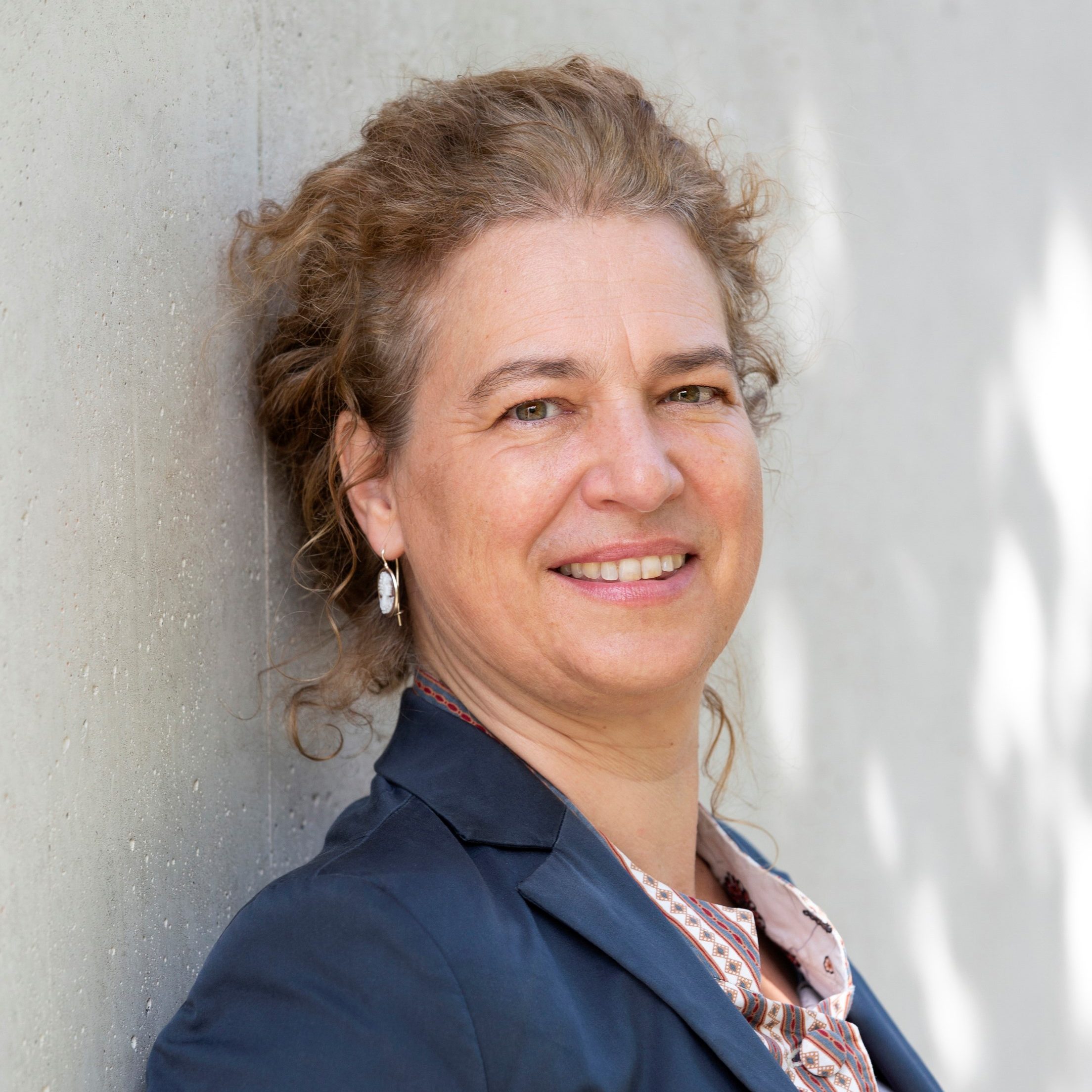All our thoughts about cosmopolitan urbanity have so far been oriented to what we know about large cities. We have few ideas about how the periphery or about how more rural spaces might benefit from migration. Large cities like London, Amsterdam and Berlin find it easy to attract even more people and thus even more diversity (and thus new ideas) because of their size and because of the mix of residents they already have.
The mayors of these metropolises are prominent advocates of more immigration, and this position puts them in the spotlight. They want their cities to grow – even at the expense of the peripheries. It’s only the exceptional cases – for example, in the case of the small southern Italian village of Riace – that teach us anything about how small communities on the periphery actually deal with issues of migration and integration. In 2009, the mayor of Riace, Domenico “Mimmo” Lucano, set up a radical alternative model of integration in order to revitalise his ageing and partially deserted village of 1,800 inhabitants. He settled migrants in abandoned houses, with the condition that they engage in local crafts and help bring about a transformation of the village. The idea developed in Riace of regenerating small towns with migrants proved to be of great interest everywhere, brought a great deal of “solidarity tourists” to the village and lead to Wim Wenders making a film about the experiment. Thousands of migrants participated in this model of rural integration. Mayor Lucano received a variety of top awards but at the same time became a pawn in a politicised controversy about this type of integration model. He was accused of misappropriating tax funds and overstepping his competencies, but after two years of proceedings was acquitted in June 2020 by the regional administrative court. Migration to the periphery obviously has a different level of significance regarding its transformation than we have experienced in migration-tested cities.
In order to understand the differences between a metropolis (Berlin) and smaller towns and villages on the periphery that have little diversity (e.g. the federal state of Brandenburg, not including Potsdam), we interviewed mayors and administrations in eight smaller towns in early 2020: Bernau, Eberswalde, Templin, Lübbenau, Perleberg, Prenzlau and Schwedt which each have between 12,500 and 40,000 inhabitants, and Frankfurt an der Oder, which is an independent city. How have they perceived the changes brought about by strong immigration in their cities and what have they done to shape the situation locally?
But first, a little background: In Brandenburg, at the beginning of the refugee migration the proportion of foreigners in the total population was still no more than 3 per cent in many municipalities, and few municipalities had any experience in dealing with foreigners. In many places, strong right-wing populist tendencies dominated, which manifested itself in the election of far-right parties such as the AfD and in aggression toward refugees and their places of accomodation. The peak of the “refugee crisis” in Brandenburg was in 2015/2016, and nothing shook up Brandenburg’s villages and towns more than this arrival of people from Syria, Afghanistan and other countries.
The asylum seekers who were allocated to Brandenburg via the Königstein Key – according to which reception capacities are determined for Germany’s federal states –initially arrived at one of four initial reception facilities in Brandenburg and were distributed from there to the small towns. In the towns we studied, the proportion of foreigners in the total population in 2019 averaged 4 to 7 per cent at most, and the number of refugees received in each of the districts was around 1500 people. Exactly how each municipality handled refugees, whether they were housed in town or outside, and at what point housing in private apartments was sought, was inconsistent. Our investigations revealed that over the past three years, an almost unmanageable patchwork of initiatives and projects has emerged.

